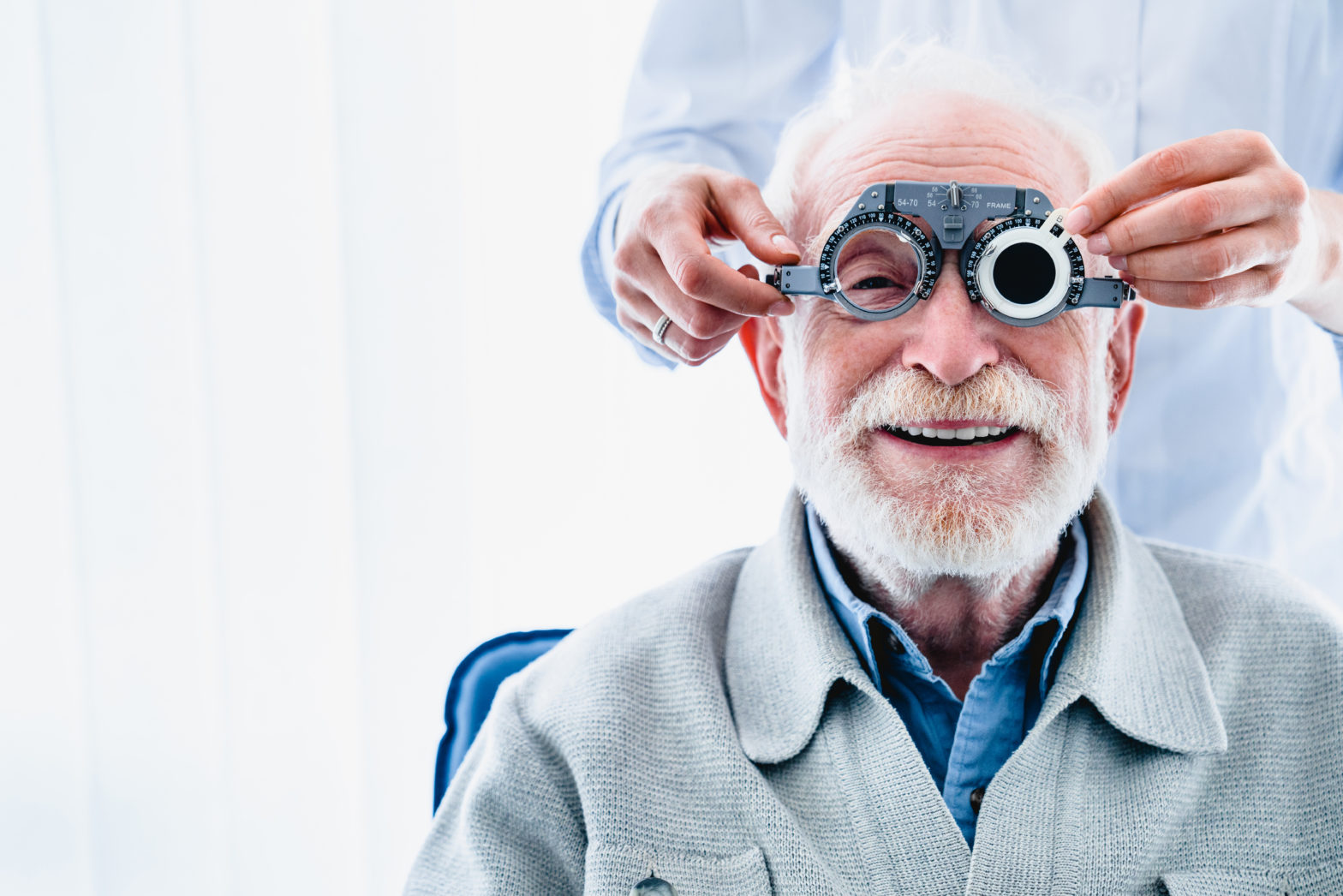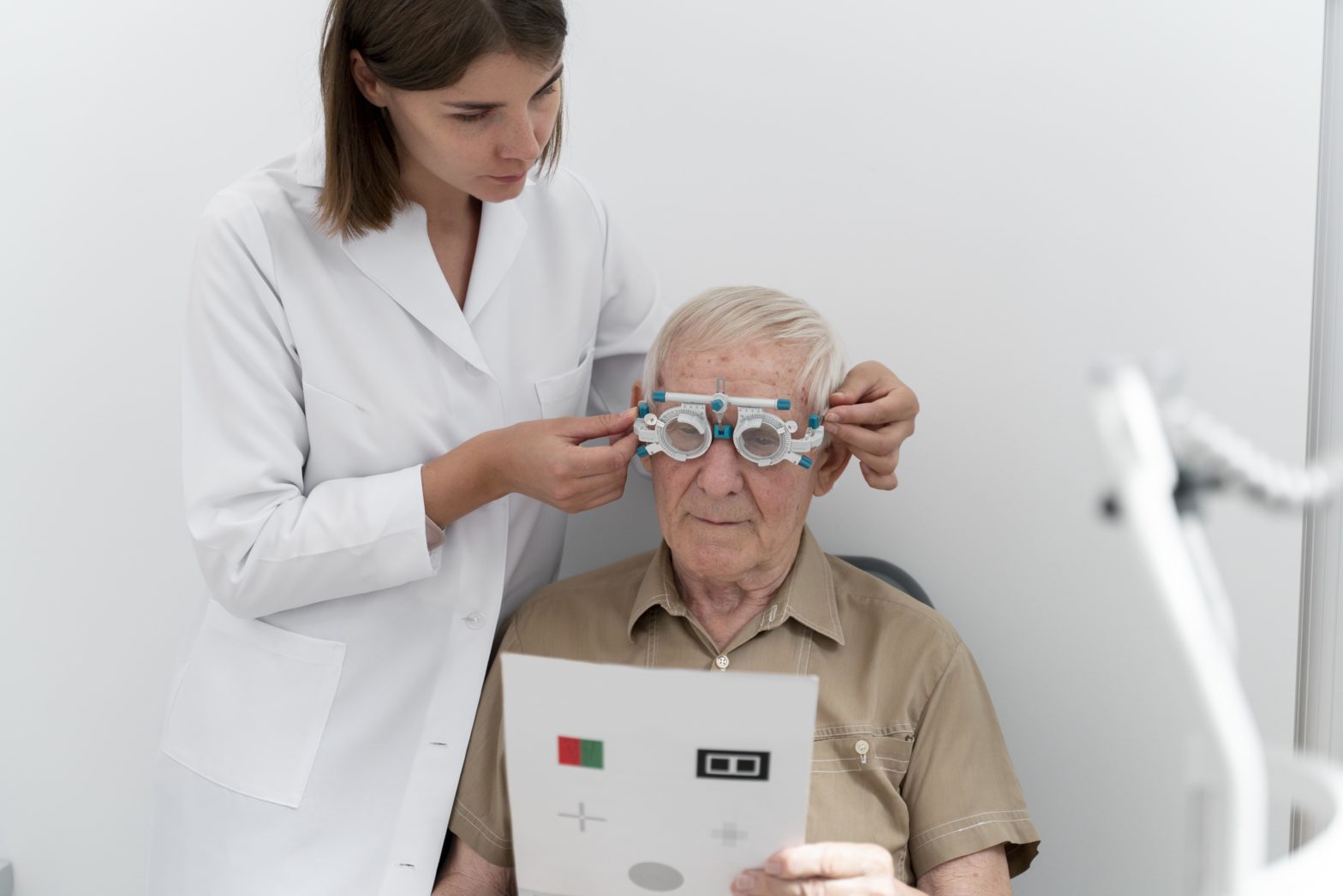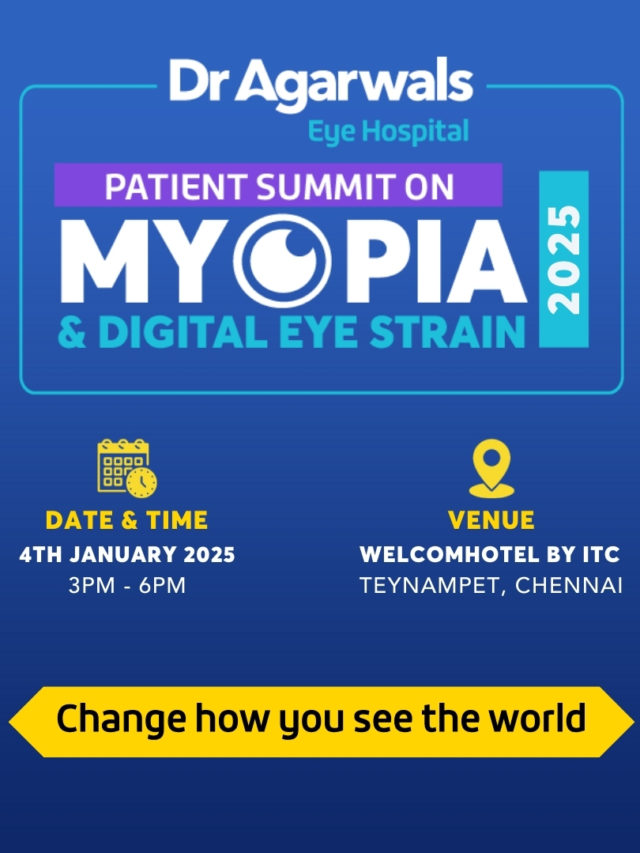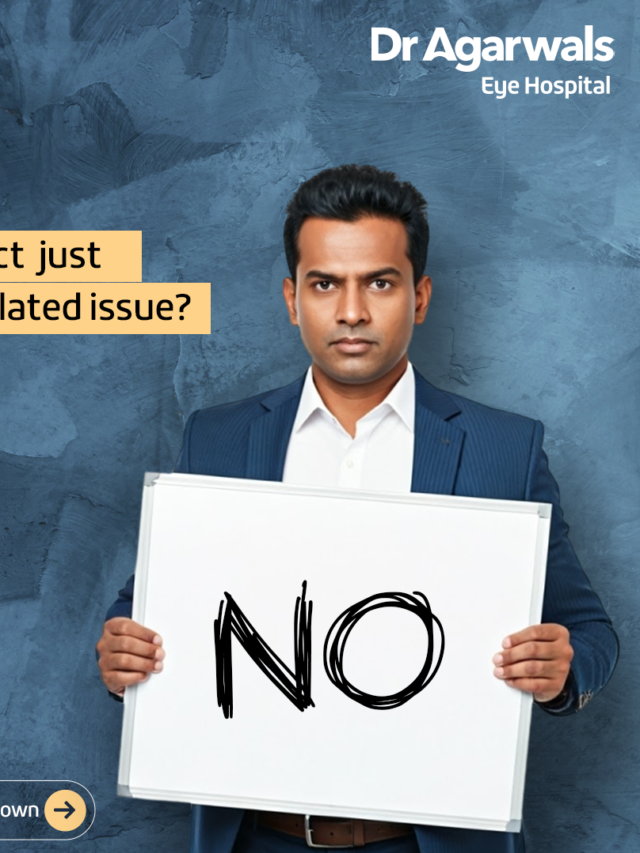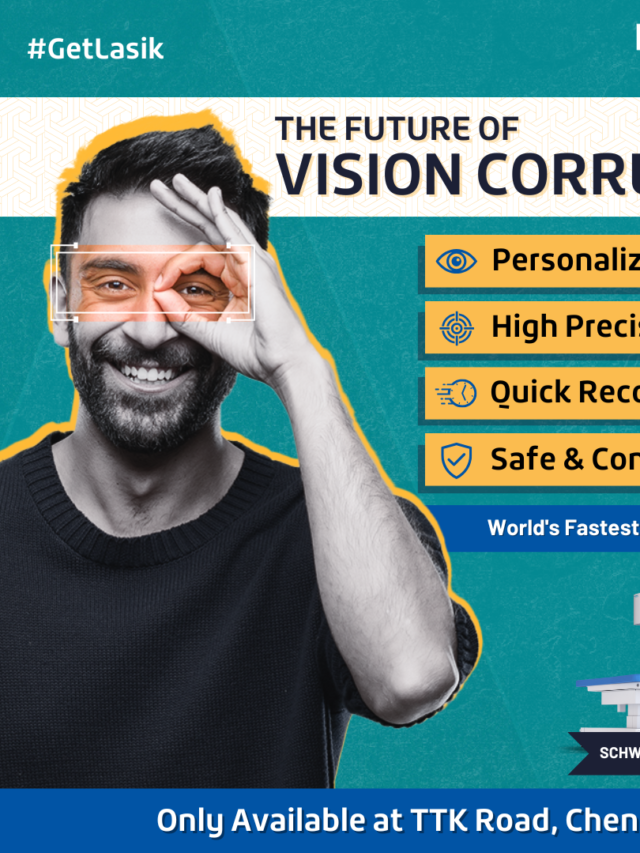Sports play a vital role in the physical and social development of children and teenagers. From fostering teamwork to promoting physical fitness, youth sports offer countless benefits. However, along with these advantages comes the risk of injuries, particularly to the eyes. Sports-related eye injuries in youth are a significant concern, as they can lead to vision loss and long-term complications. Fortunately, most of these injuries are preventable with proper precautions and protective measures. This blog delves into the causes, risks, and preventive strategies to protect young athletes’ vision.
Understanding the Risk Factors
Common Causes of Eye Injuries in Youth Sports
Sports that involve high-speed objects, physical contact, or specialized equipment are more likely to cause eye injuries. Some common culprits include:
- Baseball and Softball: Fast-flying balls pose a risk of blunt trauma to the eyes.
- Basketball: Fingers, elbows, or accidental collisions often lead to scratches or blunt injuries.
- Hockey and Lacrosse: Sticks and pucks can cause severe damage without proper protective gear.
- Soccer: Unexpected headbutts or kicks to the face are frequent causes of injury.
- Racquet Sports: Fast-moving balls or shuttlecocks can lead to impact injuries.
Types of Eye Injuries in Sports
Eye injuries during sports can range from minor to severe, including:
- कॉर्नियल घर्षण: Scratches on the eye’s surface, often caused by fingers or debris.
- कुंद आघात: Black eyes, orbital fractures, or retinal detachment due to impact.
- भेदक चोटें: Rare but serious injuries involving foreign objects piercing the eye.
- UV Damage: Prolonged exposure to sunlight during outdoor sports can harm the eyes.
The Importance of Eye Protection
Why Youth Are More Vulnerable
Children and teenagers may not fully understand the risks associated with their favorite sports. Additionally, their developing bodies, including their eyes, are more susceptible to injury. Without proper education and protective measures, they are at a higher risk of serious injuries.
Protective Gear: The Game Changer
The single most effective way to prevent sports-related eye injuries is by using appropriate protective eyewear. Regular glasses or sunglasses do not offer sufficient protection. Instead, opt for:
- Polycarbonate Lenses: These are shatterproof and provide excellent protection against impact.
- Sports Goggles: Designed for specific sports, they shield the eyes while ensuring comfort and visibility.
- Face Shields and Helmets: For sports like hockey and lacrosse, these add an extra layer of protection.
- Sunglasses with UV Protection: Essential for outdoor sports to prevent sun damage.
Creating a Culture of Safety
Educating Young Athletes
Instilling a culture of safety starts with education. Coaches, parents, and trainers should emphasize the importance of wearing protective gear and following safety guidelines. Children should be taught:
- The potential consequences of not wearing eye protection.
- How to properly wear and maintain protective equipment.
- The importance of reporting any eye discomfort or injury immediately.
Role of Coaches and Parents
Coaches and parents play a pivotal role in ensuring the safety of young athletes. Here’s how they can contribute:
- Encourage a Safety-First Mindset: Make protective eyewear non-negotiable during practice and games.
- Perform Regular Equipment Checks: Ensure that helmets, goggles, and face shields are in good condition.
- Lead by Example: Coaches and parents should wear protective gear during recreational activities to set a positive example.
First Aid for Eye Injuries
Despite all precautions, accidents can still happen. Knowing how to respond promptly can prevent further damage. Here’s what to do:
- For Minor Injuries: Rinse the eye with clean water or saline solution to remove debris. Avoid rubbing the eye.
- For Serious Injuries: Cover the eye with a shield or sterile cloth and seek immediate medical attention.
- Avoid Self-Treatment: Never apply pressure or attempt to remove embedded objects from the eye.
Promoting Awareness in Schools and Sports Communities
Campaigns and Workshops
Schools and sports organizations can organize workshops and awareness campaigns focusing on eye safety. Topics can include:
- Demonstrations of proper protective eyewear usage.
- Interactive sessions on recognizing early signs of eye injuries.
- Tips on creating a safer sports environment.
Certification Programs
Encourage coaches and trainers to undergo certification in sports safety, including eye injury prevention. This ensures they are well-equipped to handle emergencies and promote best practices.
Balancing Fun and Safety
Sports are meant to be enjoyable and fulfilling. With the right measures in place, young athletes can focus on excelling in their chosen sports without worrying about the risks to their vision. Remember, preventing sports-related eye injuries isn’t about restricting play but about enabling safe participation.
Protecting the eyes of young athletes is a shared responsibility that involves parents, coaches, and the players themselves. By prioritizing safety, educating young athletes, and investing in protective gear, we can significantly reduce the risk of sports-related eye injuries. Every child deserves the opportunity to play, compete, and enjoy sports without jeopardizing their vision. Let’s make eye safety an integral part of youth sports culture, ensuring a brighter, clearer future for the next generation of athletes.




